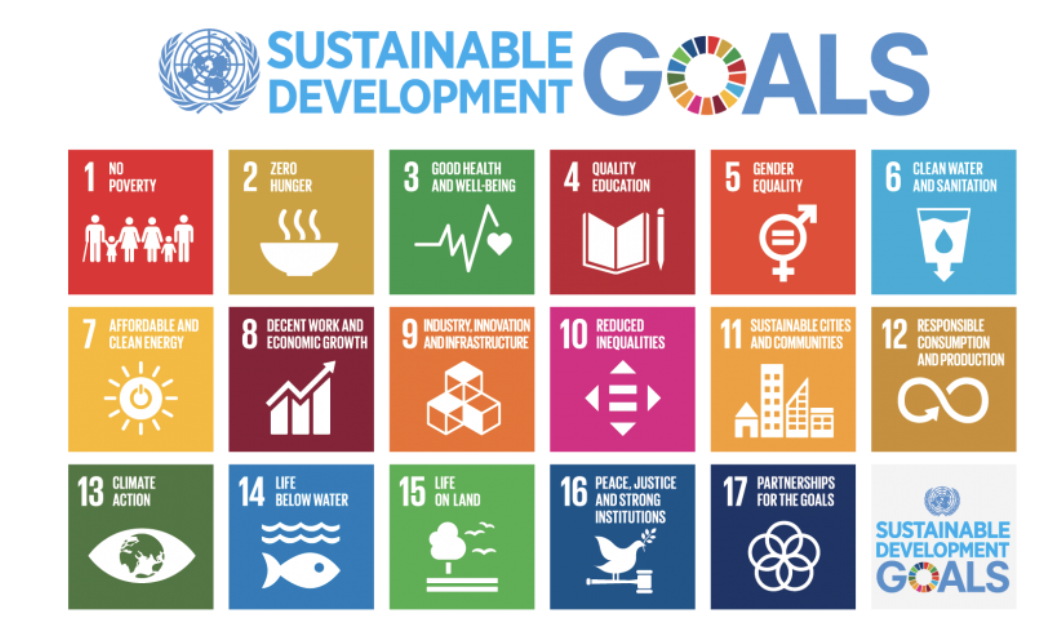A note from THINKMD CEO, Chris Powell
The clock is ticking on the 2030 Sustainable Development Agenda and there needs to be more emphasis on partnerships and better use of data and digital technology, said Chris Sharrock, vice president of U.N. affairs and international organizations at Microsoft recently.
At THINKMD, partnerships and better use of data and digital technology are central factors in our everyday thinking and strategy. Increasingly, we are hearing about the limitations of siloed approaches in health. At our September 2022 Open Mic, we heard about the overwhelming amount of digital health tools that organizations are faced with when approaching digital health adoption, each with highly beneficial functions but none that feature all-encompassing functionality. We also heard from stakeholders who have been in digital health for decades who are still wondering why there is a siloed approach to health, rather than approaches that take into account the social determinants of health such as education.
As Sharrock has emphasized, a multistakeholder approach is needed if we are to make the expected SDG progress in the next eight years – progress that has faced major setbacks. Within the health agenda alone, the COVID-19 pandemic disrupted essential health services, resulting in a decline in immunization coverage and an increase in deaths from tuberculosis and malaria.
THINKMD is grateful to work with many partners across 10 countries, seeking ways to collaborate on health solutions within different contexts and settings. Support from all of our stakeholders drives us forward in exploring the ways in which clinical intelligence can help bridge the health worker shortage gap and health data can support improved health outcomes at the macro level.
For example, we know that community health workers are key to reaching global health goals, and yet they remain unformalized, unpaid and unrecognized in many parts of the world. This is a health workforce that can be leveraged to solve the shortage of health providers, with the right tools and data. We don’t need more innovation, we need more utilization.
It is time to consolidate our efforts in health and digital innovation and find ways to collaborate for progress, for health equity, for improved health outcomes and for sustainable, long-term solutions.

